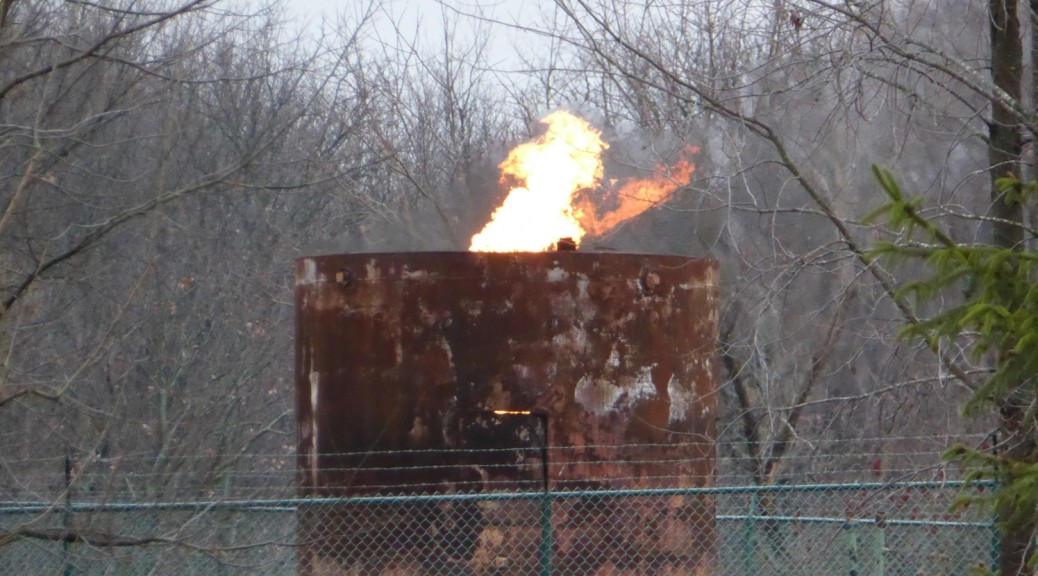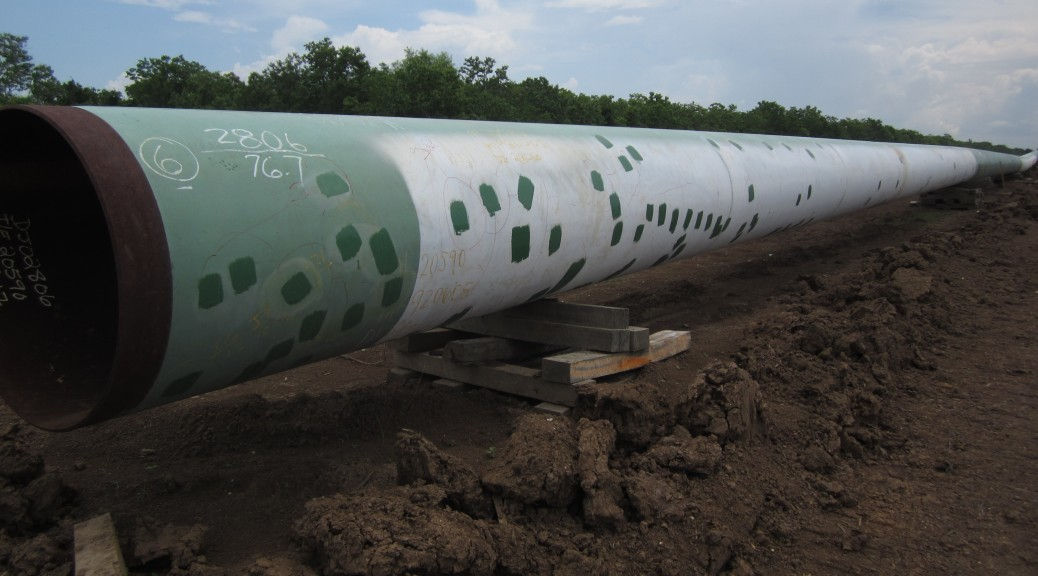Tag: ground water protection
-

Michigan Oil & Gas Monthly – February 2016
Check out the February “follow-up” edition of RMP’s Michigan Oil & Gas Monthly magazine. This month we revisit the Word of Faith 16-27 application for an oil well in the City of Southfield. Thousands of comments have been received and made public by the MDEQ. This month we take a closer look at public sentiment…
-

Michigan Oil & Gas Monthly – January 2016
Why is a picture of a Colorado license plate the featured image for the first Michigan Oil & Gas Monthly of 2016? What does Colorado have to do with Michigan oil & gas? Read the January 2016 edition of MOGM to find out. This is our 13th issue marking the beginning of our sophomore year.…
-
Michigan Oil & Gas Monthly – February 2015
Check out the February 2015 edition of the Michigan Oil & Gas Monthly magazine. Read this post on activity in the Michigan oil patch in the month February or check out the video edition of the same. Check back each month to stay up to date on all activity related to oil & gas in…
-

Michigan Oil & Gas Monthly – January 2015
Check out our very first edition of the Michigan Oil & Gas Monthly magazine. We will be recapping application, permitting, production, and other information related oil & gas activity in Michigan each month. Want to know what is going on in Michigan as it relates to oil & gas and all things energy? Follow us…
-

The Keystone XL Pipeline
If you listen to the TV news and proponents of KXL, you might think the Keystone XL is all about America. But, what if America has little to do with Keystone XL other than we are geographically located between Canada’s Athabasca tar sands and a deepwater port to foreign markets? Proponents focus their talk on…
-

Michigan Oil & Gas Exploration – A Look From 2014
Welcome to our first article published in a long time using the famous Wordpress application. We’re excited to add this powerful 3rd party publishing software to our website. We look forward to writing about high volume hydraulic fracturing and oil & gas exploration in the Michigan Basin. We are always trying to learn more about…